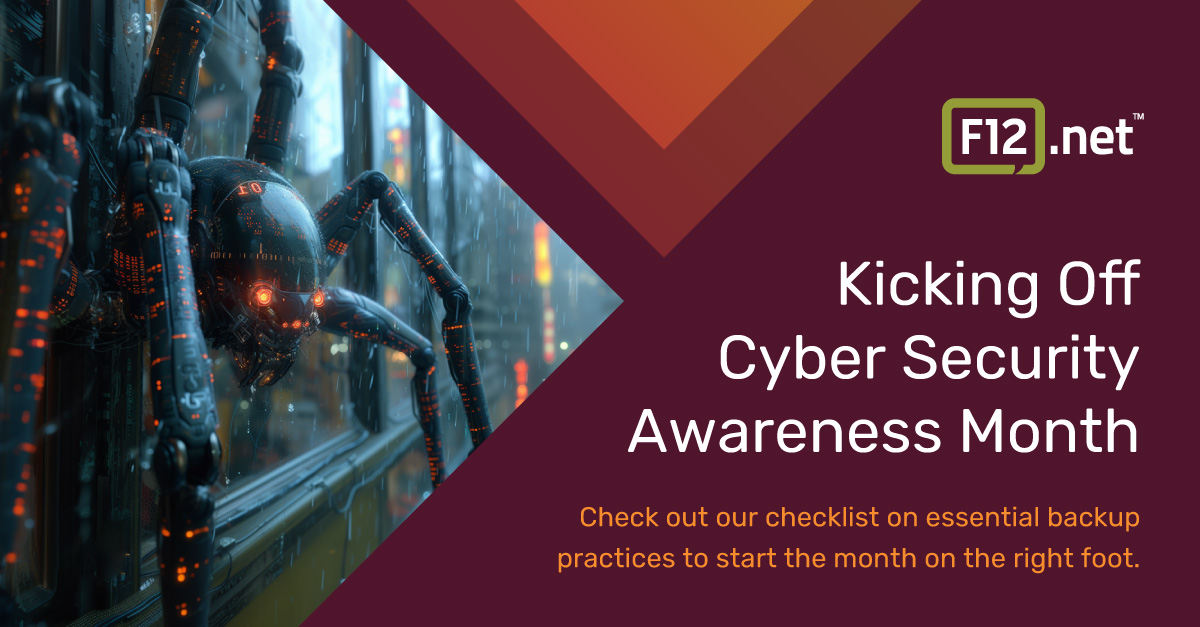Brief: In this blog, we outline the essential backup practices every business must follow to protect against data loss. Learn why having a robust backup plan is crucial, how to select the right methods, and practical steps you can take to secure your business data. From full to incremental backups, automation, and recovery testing, this checklist will guide you in building resilience against data breaches, system failures, and human errors.
“Hope is not a strategy.” – Vince Lombardi
In the world of business, hoping that your data remains safe without a solid backup plan is a recipe for disaster. Every business, regardless of size, is vulnerable to data loss—whether from cyber attacks, human error, or system failures. In fact, a survey by Acronis found that 93% of companies that experience major data loss for ten days or more file for bankruptcy within a year. With such high stakes, preventing data loss for businesses is not just a technical issue—it’s a business survival strategy.
So, how can you ensure your data is always protected, and your business prepared for disruptions? Here’s your checklist of essential backup practices to help you start the month on the right foot.
Why Backups Are Critical: Data is the lifeblood of modern business. Whether it’s customer information, financial records, or proprietary software, losing this information can be catastrophic. A robust backup plan ensures that when—not if—a disruption happens, you can recover quickly and continue operations with minimal downtime.
Preventing data loss for businesses requires an effective strategy, and backups are a critical part of that strategy.
The Essential Backup Practices Checklist
- Assess Your Business-Critical Data Not all data needs to be backed up with the same level of frequency. Identify your most critical data—this typically includes customer records, financial data, and intellectual property. Categorise your data based on its importance and how frequently it changes. Critical data should be prioritised for daily or even hourly backups, while less critical information may only require weekly backups.
Key Considerations:
- Data Classification: Define what is mission-critical, important, and least essential.
- Regulatory Requirements: Ensure that your backup practices comply with industry standards, such as GDPR or HIPAA if applicable.
- Choose the Right Backup Method There are several backup types, each suited to different business needs:
- Full Backups: A complete copy of all your data. These are time-consuming but necessary for comprehensive recovery.
- Incremental Backups: Only the data that has changed since the last backup is saved. This method saves time and storage space.
- Differential Backups: Backs up all changes made since the last full backup. It offers a middle ground between full and incremental methods.
For most businesses, a combination of full, incremental, and differential backups works best. A full backup may be done weekly, with incremental backups daily, ensuring a balance between storage use and data recovery times.
Key Considerations:
- Storage Capacity: Ensure you have enough space to store multiple versions of backups, especially if you’re dealing with large volumes of data.
- Timeframes: Align your backup schedule with your business’s working hours to minimise disruptions.
- Select a Reliable Storage Solution Where you store your backups is as important as how you do them. The traditional model of on-site storage (using physical servers) is giving way to more flexible and scalable cloud-based solutions.
- On-Site Storage: Offers faster recovery times but is vulnerable to the same physical risks (fires, floods) that affect your primary data.
- Cloud Storage: Provides off-site security, automatic updates, and the ability to scale with your business. However, recovery times may be longer.
- Hybrid Solutions: Combining both on-site and cloud backups offers the best of both worlds, ensuring faster recovery times and additional protection.
Key Considerations:
- Security: Ensure that the storage option you choose uses encryption both in transit and at rest.
- Accessibility: Cloud solutions offer the flexibility of remote access, which is critical for disaster recovery plans.
- Automate Your Backups Manual backups leave room for human error and gaps in coverage. Automating your backup process ensures consistency and reliability, saving your team time while reducing the risk of data loss.
Key Considerations:
- Scheduling: Set your backups to run outside of working hours to avoid slowing down your network during peak usage.
- Monitoring: Use automated alerts to notify you of backup failures or issues, so they can be addressed immediately.
- Test Your Backup and Recovery Process Creating backups is just one part of the process. The real test is whether those backups are functional when needed. A report by TechTarget states that 40% of companies fail to recover from data loss because their backup systems were inadequate or failed during recovery. Regularly testing your recovery process ensures that your backups are usable in the event of a crisis.
Key Considerations:
- Recovery Time Objective (RTO): The time it takes to restore data and resume business operations.
- Recovery Point Objective (RPO): The maximum period in which data might be lost due to an incident. Ensure that this aligns with your business needs.
- Off-Site and Offline Backups Cyber threats, such as ransomware, often target live systems and connected backups. Storing backups offline and in a separate location mitigates the risk of losing data to malware. Even cloud backups can be vulnerable if they’re not properly protected.
Key Considerations:
- Ransomware Protection: Ensure at least one copy of your backups is offline or “air-gapped” to avoid malicious attacks.
- Geographical Redundancy: Store backups in geographically diverse locations to protect against regional disasters.
Backup Best Practices to Follow:
- Implement Encryption: Ensure all backup data is encrypted to prevent breaches during transfer or storage.
- Use Versioning: Store multiple versions of your data backups to protect against corruption or errors in more recent files.
- Retention Policies: Set data retention policies that specify how long each version of data is stored before deletion. This is particularly important for compliance with regulations like GDPR.
- Employee Training: Your backup strategy is only as strong as the people who manage it. Train employees on how to initiate backups and what to do in case of failure.
Backup practices might seem like a technical issue, but they are a critical component of business resilience. A robust backup strategy ensures that you are not only prepared for cyber threats but also operational disruptions. While many businesses acknowledge the importance of backups, few take the necessary steps to ensure they can recover quickly and effectively. Preventing data loss for businesses must be a proactive effort, combining technology and well-trained teams.
👉 Take Action: Don’t wait until it’s too late. Schedule a meeting with our team today to assess your current backup strategy and discuss how we can future-proof your business against data loss.
Book a meeting with our experts at F12 and ensure your backup strategy is ready for the challenges of tomorrow.



